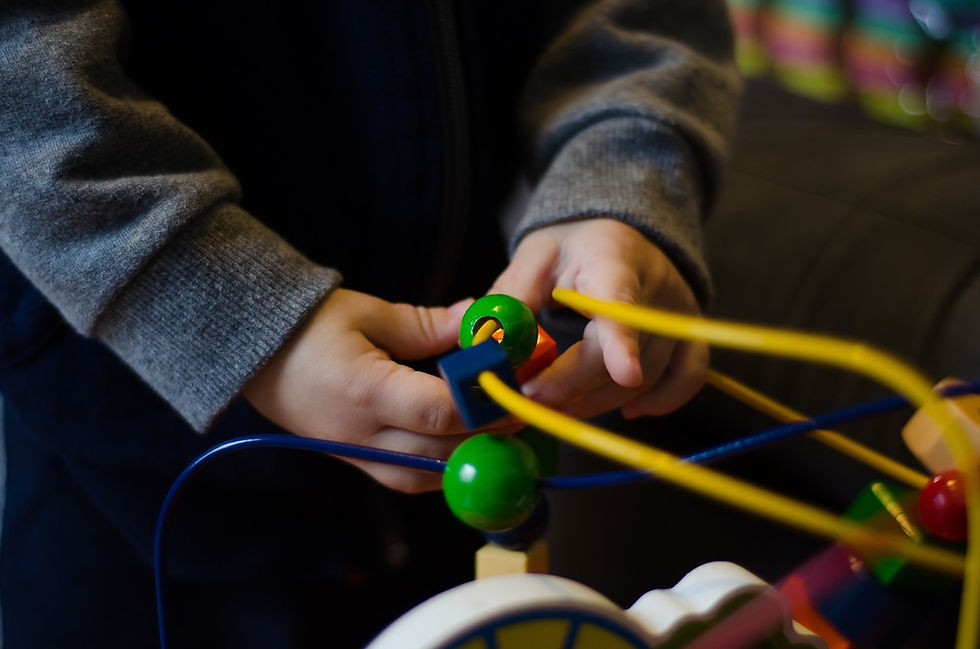Sun Safety and Protection for Children
- childrens wellness center

- May 21, 2023
- 2 min read
Warm and sunny days are great times for kids to play outside, enjoy the weather, and get some
physical activity. But, it's important that your child spending time outside in the sun is done
safely. Too much exposure to the sun's UV rays is harmful as it can cause sunburn, damage the skin and eyes, and potentially cause cancer.
Babies under 6 months of age should avoid direct sunlight. If they're outside, keep them in
shady areas, under an umbrella, or under the canopy of their stroller. For children, limit their
exposure to sunlight. You can dress them in clothing that covers most of their skin, but keep
these lightweight and loose during hot days so that they're not uncomfortable in the heat. Hats are also good to use for protection and can prevent hair damage from the sun. The best ones to use will shield the forehead and cover the ears and the back of the neck so that these areas of
the skin are not exposed to the sun. It's also important to protect your children's eyes by giving them sunglasses with 99% UV protection.
When your kids are outside playing, apply a liberal amount of sunscreen on any areas of the
skin that are not covered by clothing. Sunscreen can help prevent sunburn and should be
applied even on cloudy days as up to 80% of the sun's UV rays can still get through the clouds.
Sunscreen should be applied 15 to 30 minutes before going outside as it takes some time to
absorb. If your child goes swimming or sweats later, make sure that they reapply sunscreen.
Sunscreen should also be reapplied every 2 hours. This is true for sunscreen that are labeled as
water-proof as no sunscreen can be truly water-proof. When in doubt, always follow the
instructions on the sunscreen bottle.
The type of sunscreen you choose is also essential. It's best to select sunscreen that is labeled
as "broad-spectrum" since this means it will screen both UVB and UVA rays. It should also have
a sun protection factor (SPF) of at least 15. Whenever possible, try to avoid sunscreen that
includes the ingredient oxybenzone as there are concerns of mild hormonal properties.
Keep in mind that sunscreen helps protect the skin, but that does not mean that kids should
spend long periods outside in the sun. It's also important to limit exposure during the peak
hours of the sun which is between 10am and 4pm.
If your child does get a sunburn, apply a cool compress to the affected area. Signs of a sunburn
typically appear 6 to 12 hours after exposure. If your child experiences any pain, you can give
them acetaminophen for relief. If the sunburn is severe, becomes infected, or causes blisters,
fever, chills, light-headedness, or headaches, contact our office.







Comments